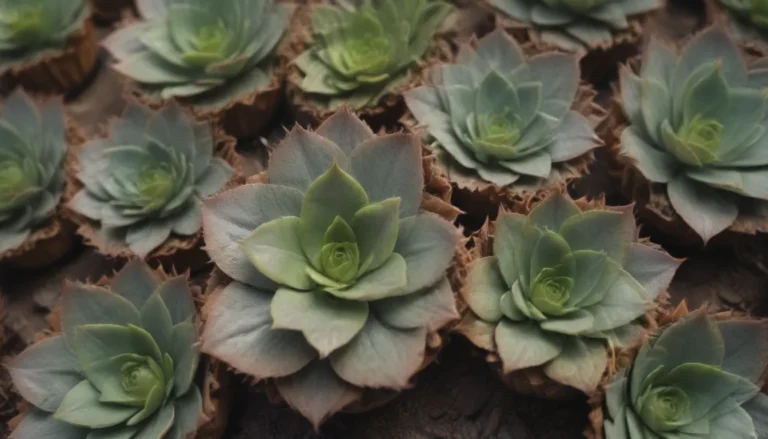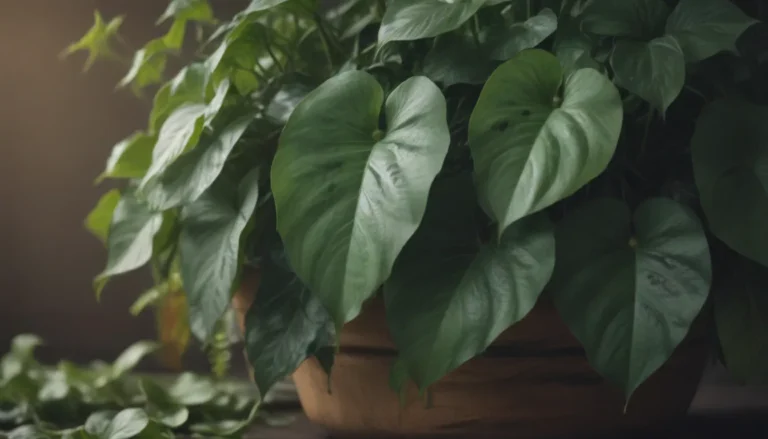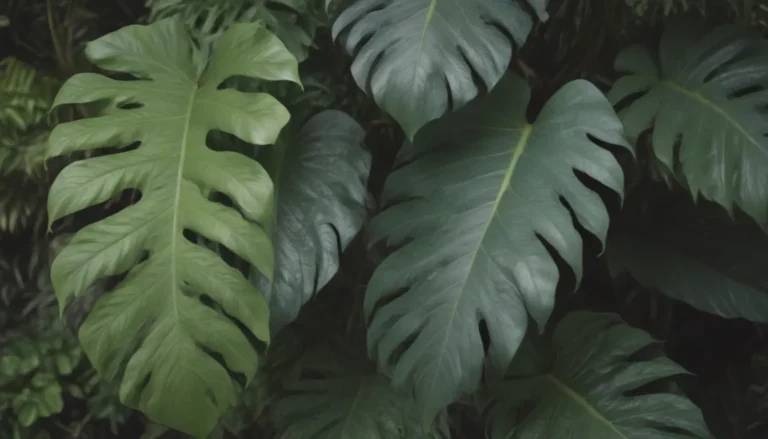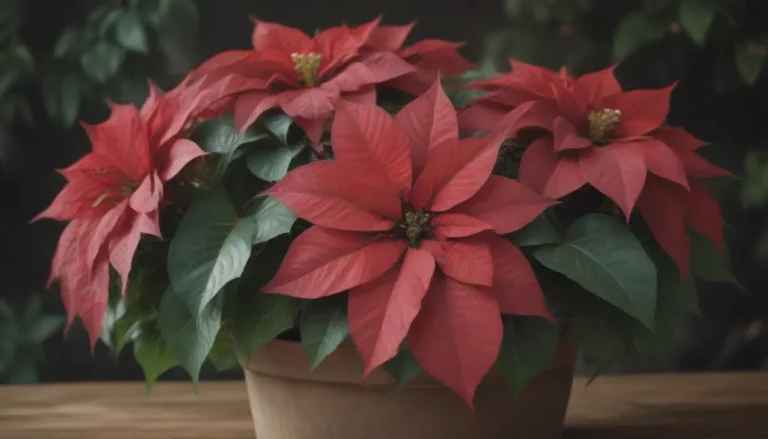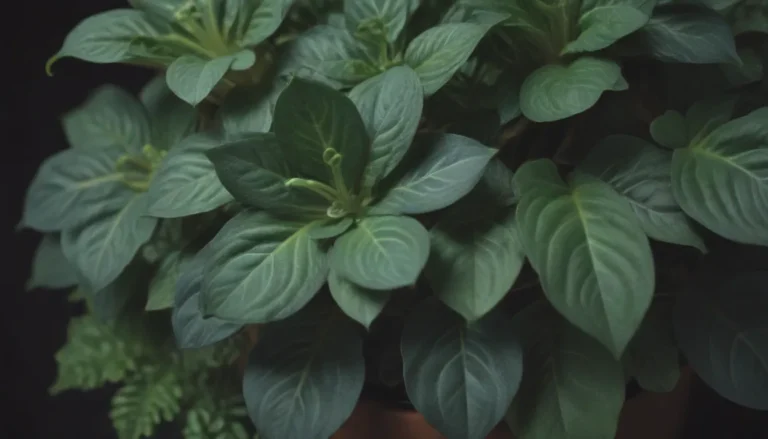The Ultimate Guide to Hardneck and Softneck Garlic
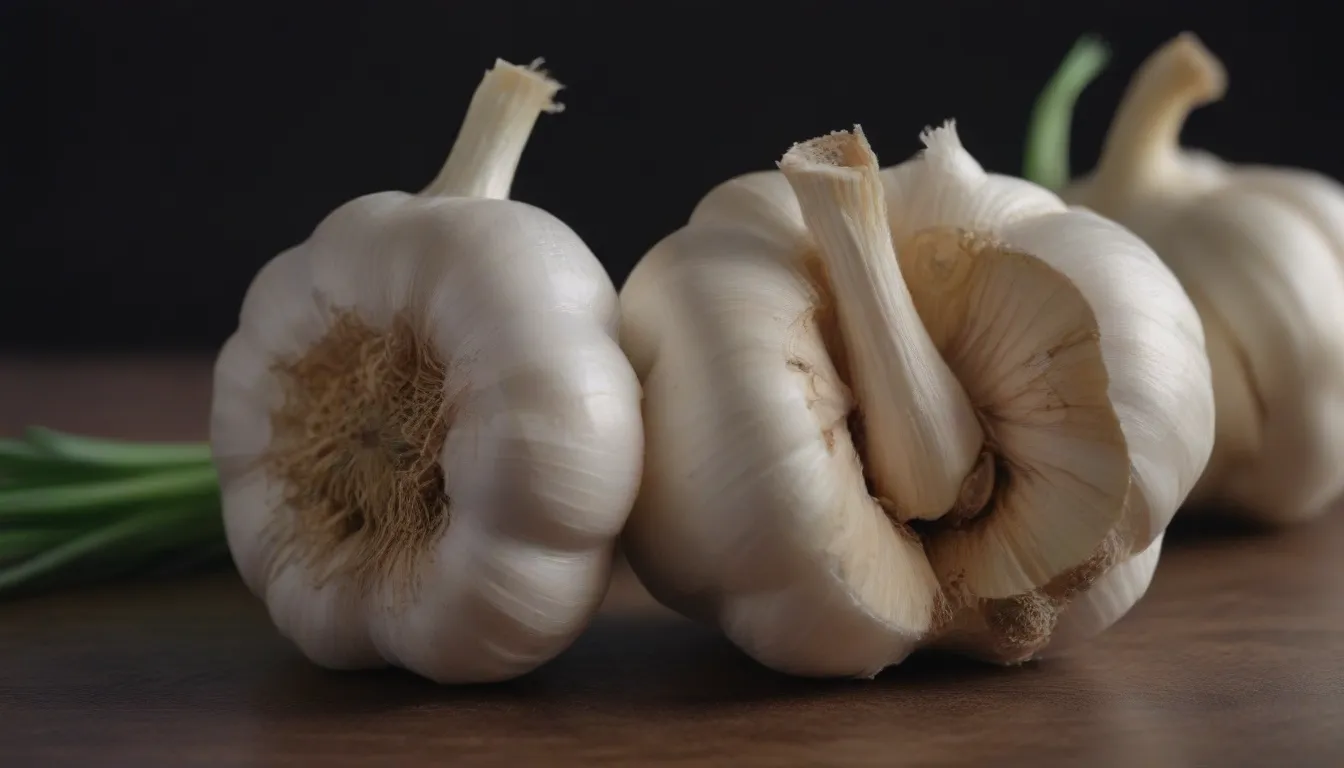
If you’re an aspiring garlic grower or a culinary enthusiast looking to enhance your dishes with fresh, homegrown garlic, you may be wondering about the differences between hardneck and softneck garlic varieties. In this comprehensive guide, we’ll delve into the world of garlic cultivation, exploring the unique characteristics and growing requirements of each type. Whether you’re a novice gardener or a seasoned pro, this article will provide you with valuable information to help you choose the right garlic variety for your needs.
Understanding Hardneck and Softneck Garlic
The terms “hardneck” and “softneck” refer to the physical characteristics of the garlic plant, specifically the stalk that grows upward from the bulb. Here’s a breakdown of the key differences between the two types:
-
Hardneck Garlic:
- Has a central stalk that becomes rigid at maturity.
- Typically has thicker, more brittle skin.
- Produces garlic scapes, which are edible flower stems with a mild peppery flavor.
- Offers more complex flavors with subtle variations based on the variety.
- Cold-hardy and suitable for harsh climates.
- Best for regions with cool-season lawns.
-
Softneck Garlic:
- Has stalks with leaves rather than a central stalk.
- Tends to have papery skin that can be challenging to peel.
- Does not produce garlic scapes.
- Offers a milder flavor ideal for most recipes.
- Thrives in regions with hot summers and mild winters.
- Best for regions with warm-season lawns.
When choosing between hardneck and softneck garlic, consider factors such as flavor preferences, growing conditions, and culinary uses. Both types have their strengths, and the right choice for you will depend on your specific needs and preferences.
Varieties of Hardneck Garlic
Hardneck garlic varieties are known for their hardiness and robust flavors, making them a popular choice among northern gardeners. Here are some common types of hardneck garlic:
- Purple Stripe: Mild flavor with colorful purple stripes on the bulb.
- Rocambole: Hot and spicy taste with tan or brownish bulbs.
- Porcelain: Musky flavor with satiny white bulbs.
Within the hardneck family, over 200 varieties exist, each offering unique characteristics and flavor profiles. Gardeners in colder climates may prefer Purple Stripe and Rocambole varieties, while Porcelain types are well-suited to milder regions.
Hardneck garlic has a shorter shelf life compared to softneck varieties, lasting 3 to 5 months in storage after harvest. However, its bold flavors and versatility make it a favorite among culinary enthusiasts looking to elevate their dishes with fresh garlic.
The Benefits of Softneck Garlic
Softneck garlic varieties are ideal for gardeners in milder climates, offering quick maturity and long-term storage capabilities. Here are some key benefits of growing softneck garlic:
- Milder Flavor: Suitable for a wide range of recipes.
- Longer Shelf Life: Can stay fresh and firm for up to 9 months when properly stored.
- Disease Resistance: Dense heads and tightly wrapped cloves help prevent disease.
If you’re looking to cultivate garlic in a region with warm winters and hot summers, softneck varieties are an excellent choice. Their reliable performance and extended storage potential make them a practical option for home gardeners seeking a steady supply of fresh garlic.
Planting and Growing Garlic
Regardless of whether you choose hardneck or softneck garlic, the planting process remains the same. Here’s a step-by-step guide to planting and mulching garlic in your garden:
- Planting Time: Fall is the best time to plant garlic. Hardnecks should be planted by mid-October, while softnecks can be planted a few weeks later.
- Preparing the Cloves: Select the largest, healthiest cloves from a mature garlic head, keeping the papery covering intact.
- Planting Depth: Insert cloves 2 to 3 inches deep and 6 to 8 inches apart in enriched soil.
- Mulching: Cover the garlic bed with straw, mulch hay, or leaf litter to suppress weeds, retain moisture, and protect the cloves over winter.
- Top-Dressing: In early spring, remove some mulch and add organic compost to boost growth.
By following these planting and mulching techniques, you can ensure your garlic plants thrive and produce bountiful harvests in the coming season.
Harvesting and Curing Garlic
Once your garlic is ready for harvest, proper curing is essential for long-term storage and optimal flavor. Here’s how to harvest and cure garlic for maximum shelf life:
- Curing Process: Allow harvested garlic to dry for 2 to 8 weeks, depending on the climate. Large bulbs and cloves may require longer curing times.
- Storage Options: Hardneck garlic can be stored in bunches, while softneck garlic stems are flexible enough to be braided for convenient storage.
- Curing Signs: Garlic is ready when the skin shrinks, turns papery, and the leaves dry out completely.
- Storage Conditions: Keep garlic dry, in a dark place with good air circulation, and avoid storing in the refrigerator.
Properly cured and stored garlic can last for months, providing you with a fresh supply of flavorful bulbs for your culinary creations. By following these guidelines, you can enjoy the delicious taste of homegrown garlic throughout the year.
In Conclusion
In conclusion, the difference between hardneck and softneck garlic extends beyond their physical appearance to encompass flavor, growing requirements, and culinary applications. Whether you’re a garlic enthusiast looking to explore new varieties or a home gardener seeking to enhance your produce selection, understanding the distinct traits of each type will help you make an informed decision.
By selecting the right garlic variety for your climate and preferences, planting and caring for your garlic plants with diligence, and following best practices for harvesting and storage, you can enjoy a bountiful garlic harvest and elevate your dishes with the rich, aromatic flavors of fresh garlic. Experiment with different types of garlic, explore unique culinary uses, and savor the rewards of growing your own garlic at home.
So, whether you’re drawn to the robust flavors of hardneck garlic or the long-lasting storage capabilities of softneck varieties, there’s a garlic variety to suit every taste and gardening style. Happy planting, and may your garlic harvest be plentiful and flavorful!
Remember, the joy of growing garlic lies not only in the process but also in the satisfaction of harvesting your own flavorful bulbs to enhance your favorite recipes. Dive into the world of garlic cultivation, explore the nuances of hardneck and softneck varieties, and embark on a culinary journey filled with delicious, homegrown garlic goodness.
